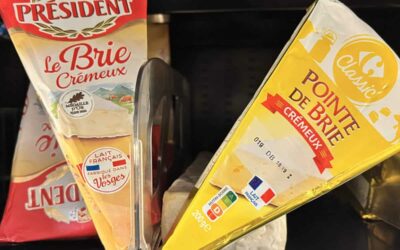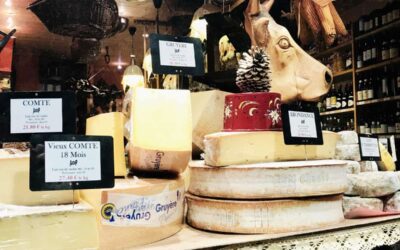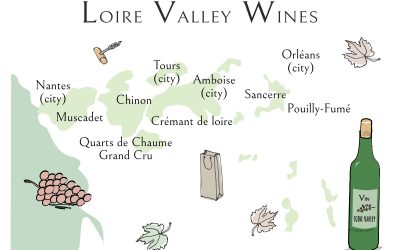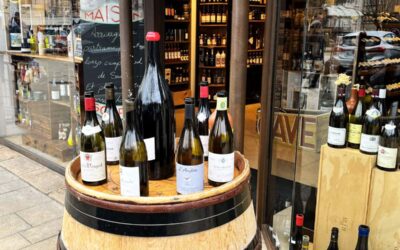Whether it’s a celebration or just a casual meal, good cheese and wine go together like young lovers walking along the Seine, hand in hand. Which is to say they go well together.
France is renowned for its food and gourmandise, and this culture of gastronomy extends to the country’s wide-ranging list of French cheeses and wines. With over 3,000 wines from the different French wine regions and 1600 types of cheese to choose from, there is something to suit every palate. So, if you are keen to spend an easy and refined apéro with family and friends (where no one wants to cook), a wine and cheese evening is exactly what will fit the bill.
Wine pairs well with cheese because the flavors counteract each other. For example, certain soft and creamy cheeses like brie and camembert have high levels of fat, which is what gives them their creamy texture. These pair well with red wines that have a higher level of tannins to counteract that creamy texture.
Other cheeses like blue cheeses go better with dry white wines rather than a sweet wine. Often, the best wine and cheese pairing comes from the same French region. The locals are used to pairing them together and so the wine and cheese produced does not clash in tastes. (It makes for a great theme evening as well!)
And so with that, here are the best cheese and wine pairings that everyone, including a French local, will love. Allons-y!
1. Camembert and Bordeaux Saint Émilion
As far as French cheeses go, it doesn’t get more famous than the Camembert. A soft and creamy cheese, it originates from Normandy, from the village of Camembert around the 18th century.

It is a rather creamy cheese and so goes well with tranquille and dry red wine from Bordeaux, like a Saint Emilion or a Graves. The wines of Saint-Émilion are typically blended from different grape varieties, the Merlot (60% of the blend), Cabernet Franc (nearly 30%) and Cabernet Sauvignon (around 10%). This fruity red wine has discreet notes of vanilla and spices. You can read more about Bordeaux wines here.
Camembert usually comes in a small wooden box, which you can use to serve directly. Or try a baked camembert recipe.
Buy a box of camembert and a bottle of Bordeaux Saint Emilion here.

2. Brie and Champagne
Champagne may seem like a rather extravagant choice for a wine and cheese pairing, but in France, champagne is not reserved only for special occasions. Another creamy cheese with a lighter taste than the camembert, the smooth texture of brie goes well with champagne. You can serve it as is or for recipe ideas, check out the brie Fondant au pesto or the brie en croute.
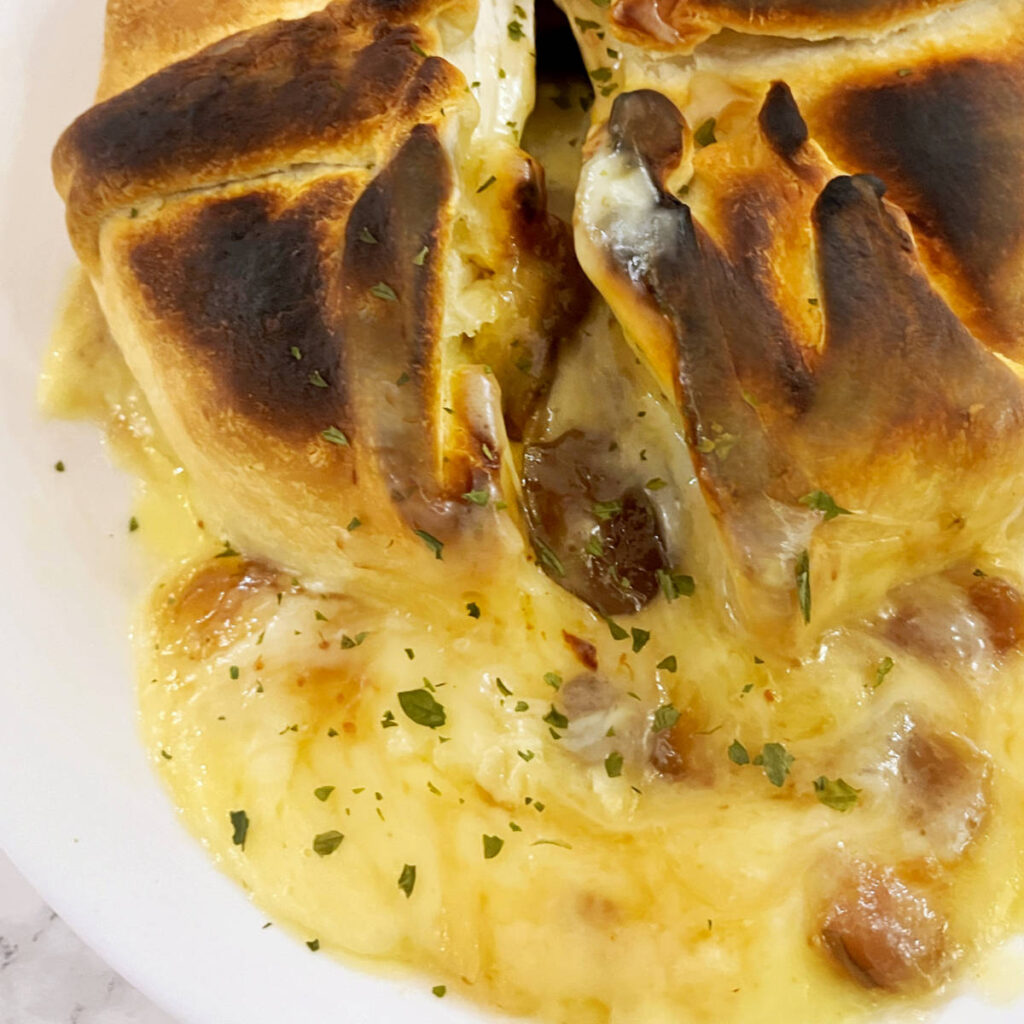
There are many types of champagne, so look for a champagne that is brut (dry) which will have a lower amount of sugar in it. A good brand that you can never go wrong with is the Veuve Clicquot Yellow Label Brut Champagne. You can read more about the different types of champagne here.
Buy brie de melun cheese and a bottle of Veuve Clicquot yellow label brut Champagne here.
3. Gruyère and Beaujolais
There are 2 types of gruyère, the Swiss one and the French one from the Jura region. It is creamy and slightly nutty in taste, and is a very popular cheese that is often used in cooking recipes, such as the French onion soup.
But it does stand on its own as well, and is a wonderful cheese to include in a wine and cheese evening. You can pair it with a Beaujolais is a light red wine coming from the nearby Beaujolais wine region. The wines usually have a lower level of tannins and so will not overpower the gruyère. You can read more about the different types of beaujolais wines here.
Buy gruyère cheese and a bottle of Beaujolais red wine here.
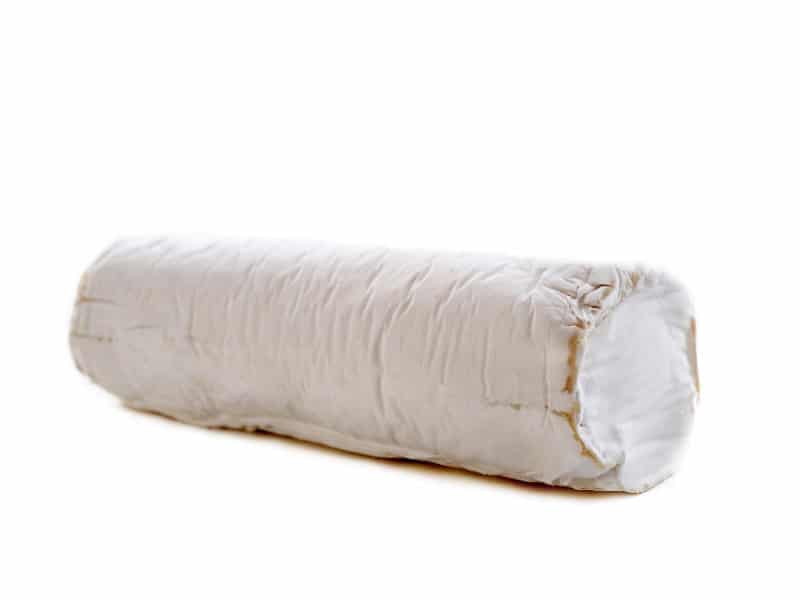
4. Bûche de Chèvre and Riesling
Reisling wines from Alsace go well with a lot of cheeses, including cooked cheeses like raclette, but we have a particular fondness for goat cheese (fromages de chèvre) with a cool glass of reisling.
With an earthy, almost tart flavor, the fatty acids in goat cheese are quite different from cow’s milk, and the soft bûche de chèvre is a must on any French cheese platter or charcuterie board. (Another alternative is the goat cheese from Rocamadour.)
And with it, the most famous of the Alsatian white wines, the Reisling which dates back to the 15-century. Made From the reisling grape, it has a fruity aroma and high acidity and has quite a cleansing aftertaste. You can read more about reisling and other wines from Alsace here.
Buy a bûche de chèvre and a bottle of Reisling here.

5. Valençay and Sancerre
Another classic French goat cheese that always brings a bit of interest to an apéro is the valençay. With its distinctive pyramid shape, you can easily recognize the valençay from a distance. Named after the town of Valençay in the Loire Valley, this local specialty is usually aged around 3 weeks.
The valençay has a bit of a nutty taste thanks to the fine charcoal powder which is coated to preserve it.
Because of this, it pairs well with a sancerre white wine which tends to be dry and acidic with flavors of peach and citrus. You can read more about the sancerre and other wines from the Loire valley here.
Buy valençay cheese and a bottle of Sancerre wine here.
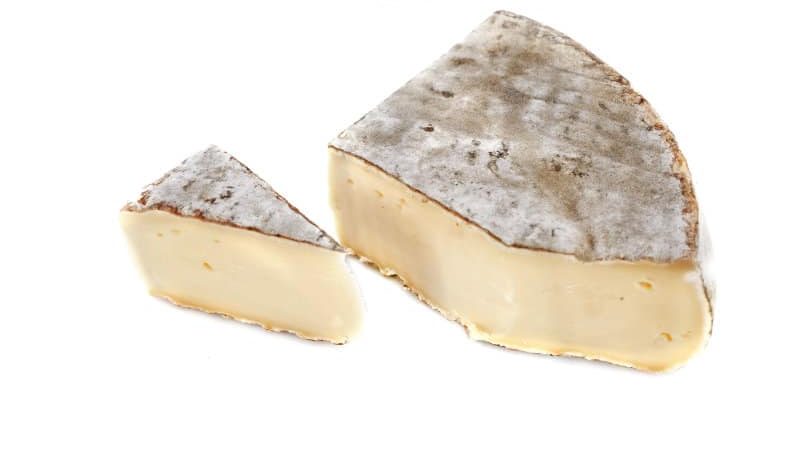
6. Tomme de Savoie and Côtes du Rhône
A semi-soft cheese like the tomme de savoie may be used often in a cheese fondue, but it can also be served on its own, without cooking. With a lower fat content and milder taste, the cheese is made from skim milk as a leftover, and so started off as a cheese for the peasants. Today it is popular for its low caloric content and light taste.
For a wine and cheese pairing, it goes well with a medium red like a Côtes du Rhône. The wines are medium-bodied with less tannins than a Bordeaux for example, and so are easy to drink. They are rather fruity and sweet, with a hint of spice and berries. You can read more about wines from the Côtes du Rhône here.
Buy Tomme de Savoie and a bottle of Côtes du Rhône red wine here.
7. Beaufort and Burgundy Chablis
Beaufort is part of the gruyère family, although it also has a slightly stronger taste. It is from the Savoy region, from the area around the town of Beaufort.
The cheese marries well with Chablis wines from the Burgundy region. All Chablis wines are white, made with the Chardonnay grape. The chablis tends to be rather acid, sometimes with notes of mushroom. You can read more about wines from the burgundy region here.
Buy beaufort cheese and a bottle of Chablis here.
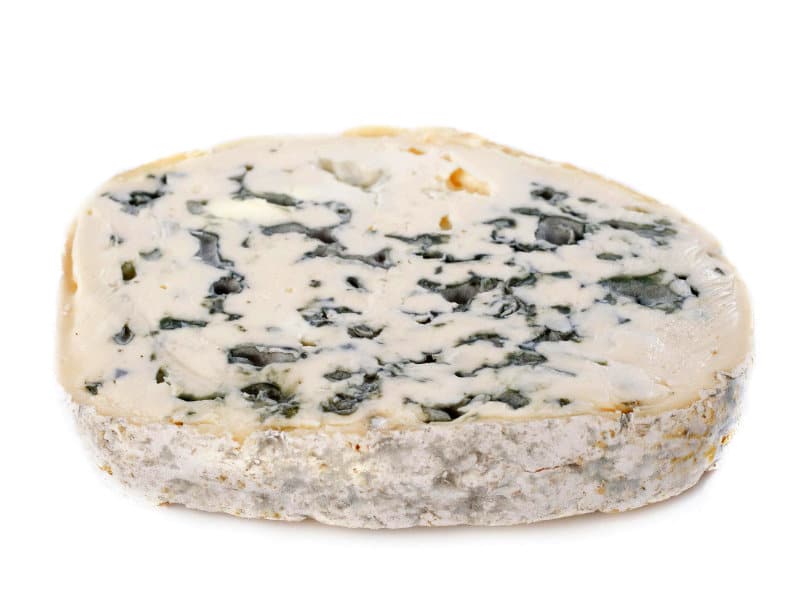
8. Roquefort and Bordeaux Sauternes
Blue cheeses like the roquefort are quite salty, and so you have to be careful with the type of wine you pair them with. Roquefort from the region of Occitanie in the South of France, is made from sheep’s milk (not cow), and dates back to the days of antiquity, centuries before the birth of Christ.
Legend has it that a lusty shepherd left his cheese and bread in a cave while pursing a pretty girl. When he came back, he found his cheese with mold all over it.
Because it is so salty, the ideal pairing for roquefort cheese is with a sweeter wine like Sauternes from the Bordeaux or the Muscat from Alsace.
With vineyards mocated on the left bank of the Garonne river, Sauternes wines are made from overripe sémillon grapes to give it a rather saccharine flavor, which works well to counterbalance roquefort’s saltiness. You can read more about the Bordeaux wine region here.
Buy roquefort cheese here and a bottle of Bordeaux Sauternes here.
9. Reblochon and Gewürstraminer
Reblochon is a traditional cheese from the alpine region of Savoy, which is said to date back to the 14th century. It was not allowed into the United States until 2004, because it did not pass U.S. pasturization standards. These days, there are pasturized and nonpasturized versions that are easily available.
The cheese is the same cheese that is used in a French winter dish called the tartiflette, that is very popular across France. It has a soft-washed rind and has a mildly fruity taste with a nutty aftertaste. In keeping with the region, it goes well with white wine from Savoie or a Gewürstraminer from Alsace.
Gewurztraminer wine, as you can tell from its name, is a German-influenced white wine. It has quite an exuberant taste (as well as a rather exuberant name). “Gewürz” means spices in German. The taste includes light notes of everything from exotic fruits like lychees, passion fruits, pineapple, etc.) to flowers like roses, citrus fruits, and spices. You can read more about wines from Alsace here.
Buy a bottle of Gewurztraminer here.

If you enjoyed that article, you may enjoy reading more about French appetizers and starters. And if you are not sure how to pick a wine, you can learn more about how to read a French wine label. Bon appétit and à bientôt!
¹ Featured Image: Samantha Hurley

